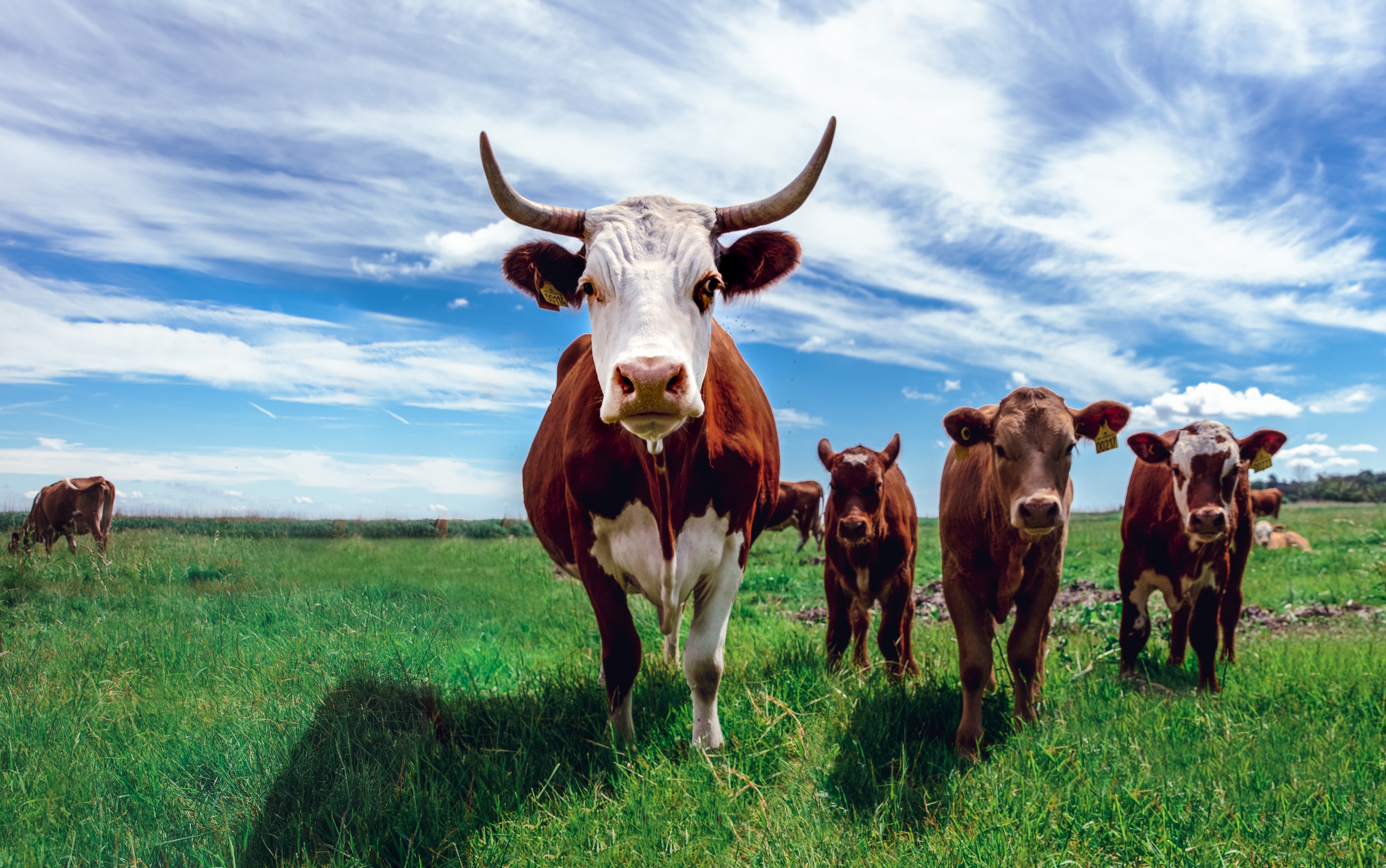The Different States of Milk
Cows milk is a staple in most diets. Most of us drink it, if not now, then at some point in our lives. And yet, not many of know how it is actually made.
We all know milk comes from cows and ends up in our local grocery store, but we’re not so familiar with what happens in between..
Let’s take a closer look at the process and the different processing states of milk before it makes it to store.

So, how is milk made?
-
Rearing
Milk starts at the farm. That much, is obvious.
Modern dairy farms allow their herds to eat grass and spend as much time in the open air as possible. 100% grass-fed dairy has become popular because of the health benefits and the reduced environmental impacts. Milk from grass-fed cows has a higher presence of conjugated linoleic and linolenic acids (CLA’s). Higher CLA’s reduce the risk of cancer and other diseases.
Less grain and more grass can also benefit the farm, with less tillage and improved soil health. It can also bring benefits to the wider environment by reducing dependence on processed feed, sourced from higher C02-emitting farming practices.
-
Harvesting
The herd is typically milked twice a day with milking machines, using vacuum cups attached to their teats. These cups imitate the suckling action of a young calf. It is possible to milk a cow by hand, but milking a whole herd of cows twice a day would take a great deal of time and energy.
-
Storage
The milk is then stored in large refrigerated vats, on the farm at 41ºF or less. These vats are agitated gently so that the separation of fat doesn’t occur, and to ensure the entire silo is maintained at a constant temperature.
-
Transportation
Within 48 hours, milk is taken in tankers to a milk factory to be processed. Milk tanker drivers are accredited milk graders and are qualified to evaluate the quality and hygiene of the milk prior to collection.
The tanker driver ensures that the milk remains refrigerated at a consistent temperature until it reaches the processing plant.

-
Processing states
On arrival at the processing plant, samples from each tanker are tested for antibiotics and temperature before the milk enters the factory processing area.
Once delivered and tested, milk is then processed in order to ensure that the product is then safely delivered to retailers and customers - the more local, the better. There are several processes involved, depending on the end product.
-
Pasteurization
This is used to prolong the life of the milk by removing pathogens and enzymes that would make the milk spoil quickly. During pasteurization, the milk is heated up to at least 161.6º F for 15 seconds - which is known as high-temperature short-time (HTST) pasteurization. This method helps keep milk fresh for 2-3 weeks.
-
Homogenization
After pasteurization, most milk is also subject to homogenization. This process breaks down the fat molecules in milk, so that the fat content of the milk is dispersed evenly throughout the liquid and stops the fat from rising to the top. It is a purely mechanical process, involving no chemical additives or processing, and allows producers to mix milk from different herds.
-
Fat removal
Fat removal is done using a centrifuge to completely separate the fat, and then remix it depending on the type of milk being produced. Full fat milk has 3.25% fat, while low fat has 1% and skim milk has 0.05% fat. Each option provides different benefits depending on use or consumer preference for lower calories, fat content or a creamier taste.
-
UHT treatment
Further processing may include UHT treatment, which can further prolong the shelf life. The UHT process is similar to pasteurization but at ultra-high temperature. This involves heating the milk to 284°F for four seconds. Due to the treatment killing more bacteria than pasteurization, UHT processed milk can last for nine months at room temperature, meaning that the milk can be used in situations where refrigeration is not available. On the other hand, it doesn’t taste as good as normal milk.
-
MICROFILTRATION
Microfiltration involves filters with incredibly small pores – around 1.4 microns. This removes 99.5% of bacteria, which can further extend the shelf life of fresh milk to 30 days.
Other processing may be undertaken to prepare milk for mixing with other products like yogurt by the addition of cultures, or flavored milk drinks, and so on.
Find out more about the products in your fridge
So, now you know the backstory of each carton or bottle of milk in your store, whether its labelled as fresh milk, grass-fed, organic, skim milk, microfiltered or long-life milk.
And Buffalo Market has plenty of other content available to answer the questions you never knew you needed the answer to. Find out how you can tell if milk is fresh, the history of the tortilla and what bread is ok to eat on keto now.

